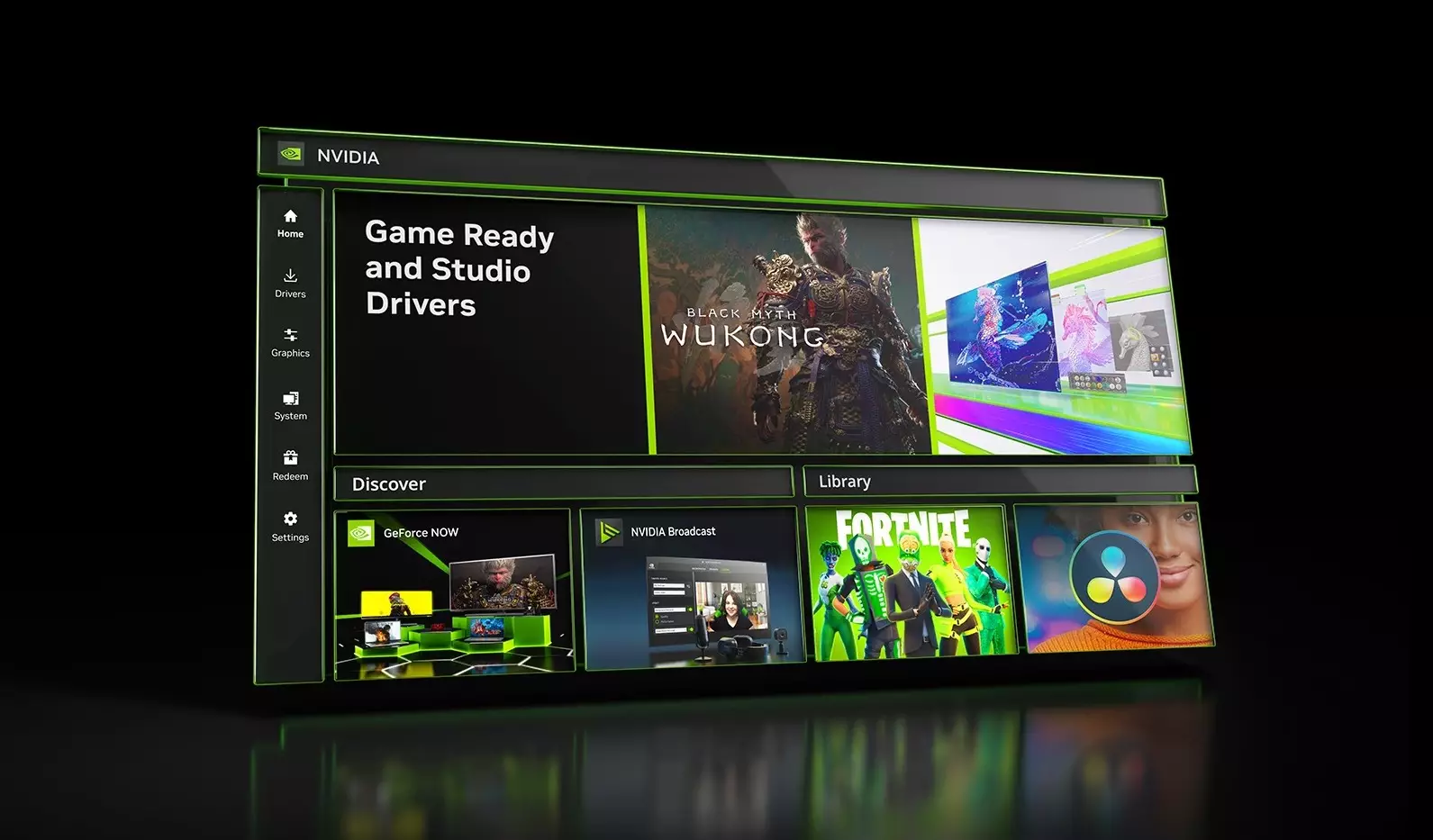In the fast-paced world of graphics technology, stability and reliability are paramount, especially for avid gamers and professionals relying on robust visuals for their demanding tasks. However, Nvidia’s recent experience illustrates a disconcerting yet common reality in tech: the struggle to deliver flawless software. With the rollout of multiple hotfix drivers in quick succession—most recently the 576.26—it’s apparent that Nvidia is confronting a barrage of issues that seem to plague their latest GeForce graphics drivers.
The Perils of Continuous Updates
The adage “it never rains but it pours” has never seemed more fitting than in Nvidia’s current situation. Last week’s release of version 576.15 was intended to address significant complaints surrounding the RTX 50-series GPUs, but it immediately became clear that further issues were rampant. Despite Nvidia’s good intentions, numerous users are still reporting problems that they believed were fixed by the hotfixes. A glaring example of this is the persistent crash issues experienced in popular games like *Horizon Forbidden West*, which suggests that merely producing hotfixes isn’t sufficient to maintain user satisfaction.
As gamers continue to voice their frustrations—many expressing disappointment on Nvidia’s forums—the narrative shifts from expectation to discontent. For an industry leader in graphics processing units (GPUs), this mounting dissatisfaction poses a risk not only to its reputation but also to user loyalty.
Narrow Fixes, Broad Issues
The latest driver hotfix attempts to address specific issues with various titles and hardware setups, including popular games like *Red Dead Redemption 2* and problems related to LG monitors. However, the selective nature of these fixes raises questions about the overall quality assurance processes that Nvidia employs. Their admission that hotfixes undergo an “abbreviated QA process” serves as a double-edged sword. Sure, it promises a faster resolution for urgent issues, but it simultaneously casts doubt on the reliability of the fixes being delivered.
Users expecting seamless interactions and experiences are instead confronted with patches that seem hastily rolled out, further aggravating the situation. In an age where seamless digital experiences are expected, such repeated shortcomings could lead to disillusionment among Nvidia’s base.
Access and Transparency: A Double-Edged Sword
Nvidia’s distribution approach for hotfix drivers adds another layer of complexity to an already tangled situation. Users looking to install these beta drivers must actively seek them out, as they are not conveniently listed in the Nvidia App alongside the primary driver releases. This segmented access can complicate matters—while it provides alternative solutions for tech-savvy users, many casual gamers may remain unaware of these fixes or struggle to obtain them.
Moreover, the communication surrounding these hotfixes lacks the clarity and transparency that many users desire. While Nvidia notes that fixes in hotfix versions will eventually be included in official releases, the indefinite timeline leaves users hanging. Such uncertainty can lead to frustration when users are caught in a loop of troubleshooting faulty drivers without a clear end in sight.
The Broader Implications for Nvidia
The ongoing narrative of hotfix releases and user backlash carries implications that extend beyond immediate technical glitches. Nvidia’s approach now faces scrutiny as it contrasts sharply with the expectations for reliability in the cutting-edge tech industry. Competitors may seize this vulnerability, and the market landscape could shift if Nvidia does not adapt its strategy promptly.
Nonetheless, it’s crucial to recognize the substantial pressure Nvidia is under. The gaming community demands higher performance and reliability than ever, and the rapid advancement in technology necessitates a robust and dependable software infrastructure. As new GPUs like the RTX 50-series hit the market, enthusiasm can quickly turn to disappointment without seamless driver support.
Nvidia stands at a pivotal moment. The progression of technology necessitates swift fixes, but the means to ensure those fixes are reliable must also be prioritized. Will Nvidia rise to meet this challenge, or will user frustrations dictate the future of its software support? Only time will reveal the outcomes of these pressing dilemmas.

